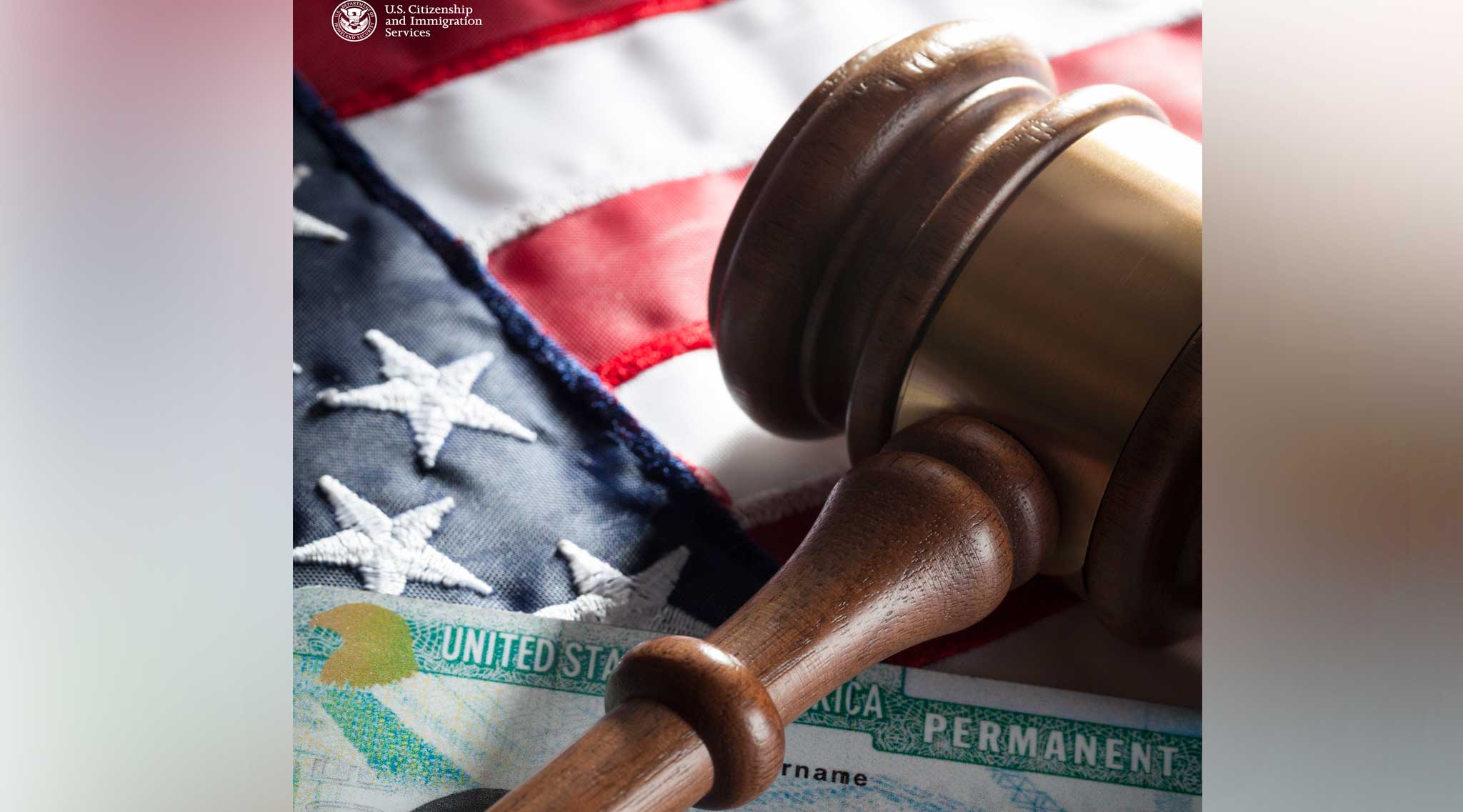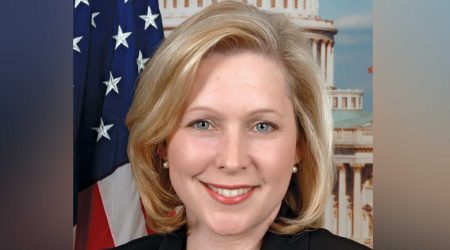U.S. Citizenship and Immigration Services has received enough petitions to meet the H-2B cap for the second half of fiscal year (FY) 2024 and is announcing the filing dates for supplemental H-2B visas for the reminder of FY 2024 made available under the FY 2024 H-2B supplemental visa temporary final rule.
H-2B Cap for Second Half of FY 2024
USCIS has received enough petitions to meet the congressionally mandated H-2B cap for the second half of FY 2024. March 7, 2024, was the final receipt date for new cap-subject H-2B worker petitions requesting an employment start date on or after April 1, 2024, and before Oct. 1, 2024. We will reject new cap-subject H-2B petitions received after March 7, 2024, that request an employment start date on or after April 1, 2024, and before Oct. 1, 2024.
USCIS continues to accept H-2B petitions that are exempt from the congressionally mandated cap. This includes petitions for:
- · Current H-2B workers in the United States who wish to extend their stay and, if applicable, change the terms of their employment or change their employers;
- · Fish roe processors, fish roe technicians and/or supervisors of fish roe processing; and
- · Workers performing labor or services in the Commonwealth of the Northern Mariana Islands and/or Guam (until Dec. 31, 2029).
Filing dates for second half of FY 2024 supplemental visas
The Department of Homeland Security (DHS) and the Department of Labor (DOL) jointly published a temporary final rule on Nov. 17, 2023, increasing the numerical limit (or cap) on H-2B nonimmigrant visas by up to 64,716 additional visas for all of FY 2024.
These supplemental visas are available only to U.S. businesses that are suffering irreparable harm or will suffer impending irreparable harm without the ability to employ all the H-2B workers requested in their petition, as attested by the employer on the DOL Form ETA 9142-B-CAA-8. These supplemental H-2B visas are for U.S. employers seeking to petition for additional workers at certain periods of the fiscal year.











